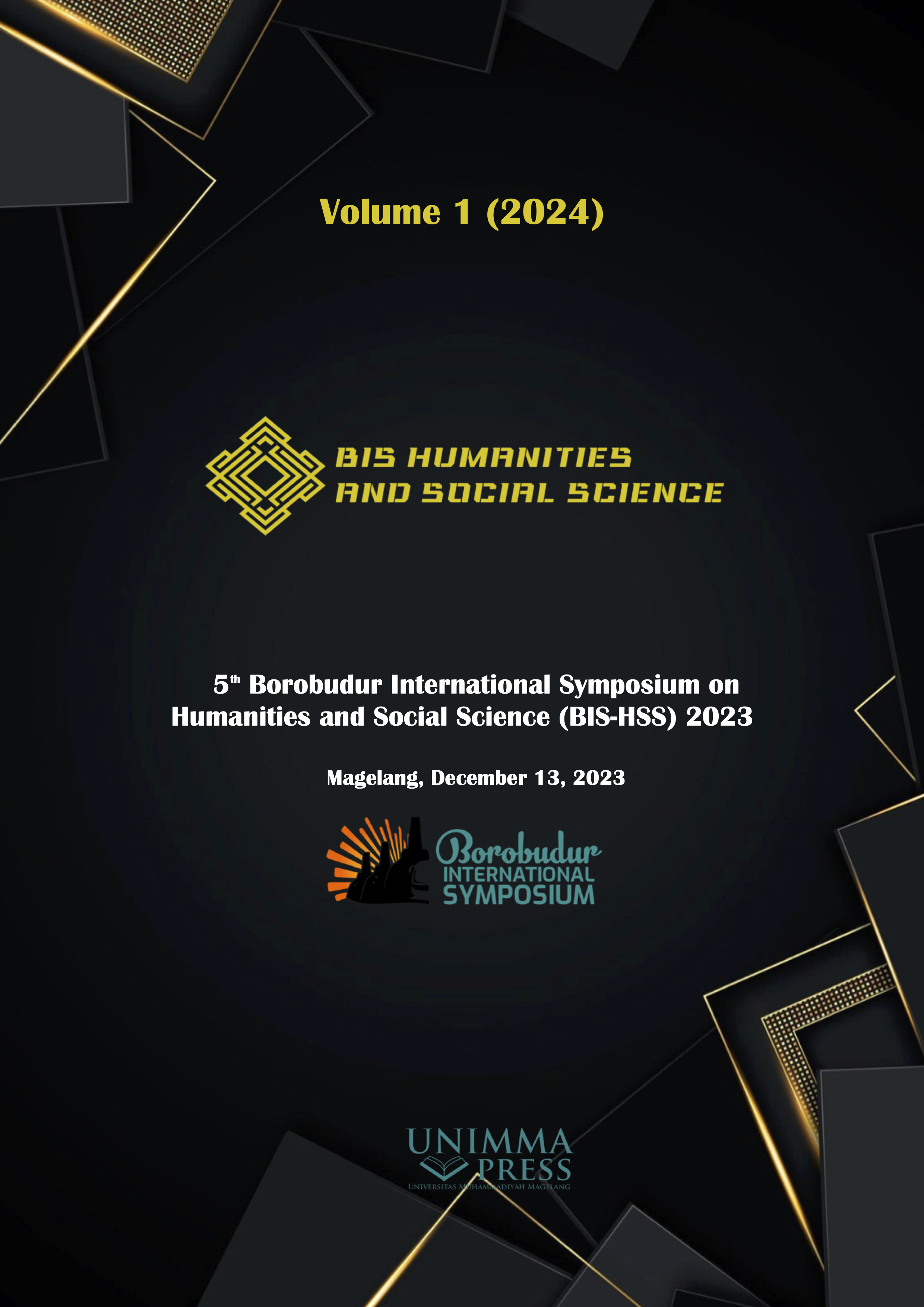Architectural analysis and adaptive reuse design as a sustainable design approach at the Hermitage Hotel, Jakarta
Keywords:
Architectural analysis, Adaptive reuse design, Sustainable designAbstract
There is a tendency of old building being demolished because unfortunately many are being abandoned and not in a good condition. Therefore, by using adaptive reuse method, the old buildings can be maintained with some adjustment and could be a solution for a more sustainable approach in building design as well as to conserve the social, cultural, and historical aspects. The Hermitage Hotel in Jakarta is one of the examples of adaptive reuse method applied in Historical buildings. The building had been used for many important purposes such as Communication center during Dutch Colonization era in 1920s, the office of the ministry of education and culture and University. In this article, there will be analysis in interior design and architecture of the building to observe the application of the adaptive reuse method in The Hermitage Hotel. Moreover, qualitative method had been done and collection data by doing observations and interviews in 2023 with the interior designer from PAI Design and the expert of Conservation buildings. The result of the research proved that by applying the adaptive reuse method, could be an option for an old building to be re-purposed and to be relevant with selected renovations. There are some limitations on the application due to the conservation building, however the designer and architect applied the adaptive reuse method well on the building, maintaining the aesthetics and function aspects.
References
[1] Yung, E., & Chan, E. H. (2012). Implementation challenges to the adaptive reuse of heritage buildings: Towards the goals of sustainable, low carbon cities. Habitat international, 352-261.
[2] Shao, D., Nagai, Y., Maekawa, M., & Fei. (2018). Innovative Design Typology for Adaptive Reuse for Old Building in Public Spaces. Journal of Engineering Science and Technology Vol. 13, No. 11, 3547 - 3565.
[3] Lansz, F., & Pendlebury, J. (2022). Adaptive reuse: a critical review. The Journal of Architecture, 441-462. doi:10.1080/13602365.2022.2105381.
[4] Stone, S. (2020). Undoing Buildings: Adaptive Reuse and Cultural Memory. London: Routledge.
[5] Othman, A. A., & Elsaay, H. (2018). Adaptive reuse: an innovative approach for generating sustainable historic buildings in developing countries. Organization, Techonlogy and Management in Construction, 10, 1-15. doi: 10.2478/otmcj-2018-0002.
[6] Nikolic, M., Milojkovic, A., & Kurtovic-Folic, N. (2014). Hotel Design and Adaptive Reuse: From Historic Palaces to the City's Dilapidated Structures . Facta Universitatis - series Architecture and Civil Engineering.
[7] Jabłonska, J. (2012). edefinition on hotel concept, communicating ideas from old town inn to nowadays intelligent self-service facility. ICAR 2012 (Re)writing History, International Conference on Architectural Research, 1-10.
[8] Gewirtzman, D. F. (2016). Adaptive Reuse Architecture and Analysis. Journal of Architectural Engineering Technology.
Downloads
Published
Conference Proceedings Volume
Section
License

This work is licensed under a Creative Commons Attribution-NonCommercial 4.0 International License.

